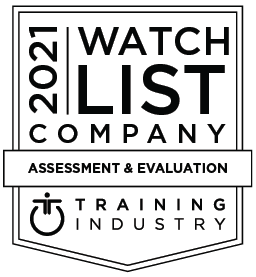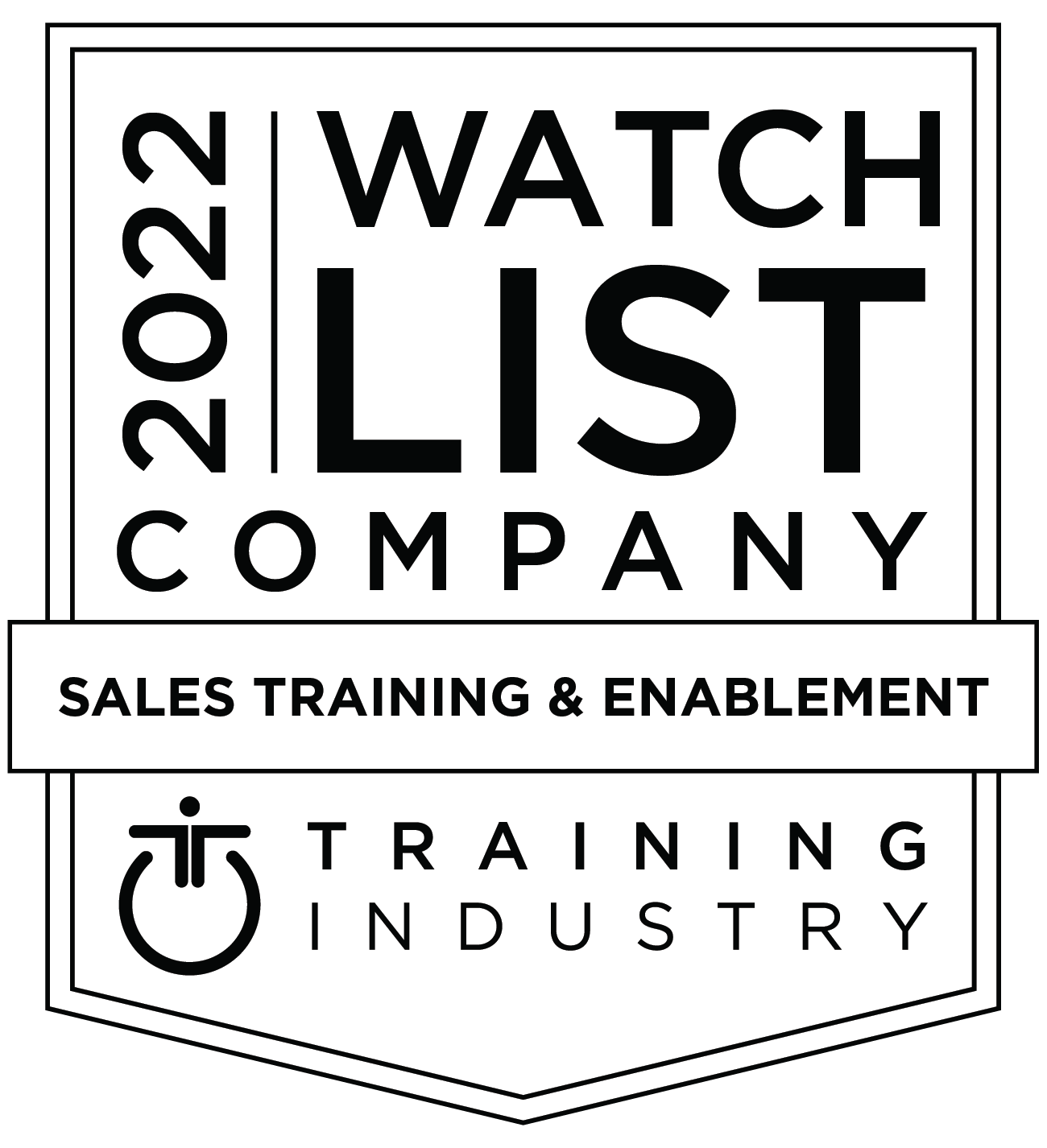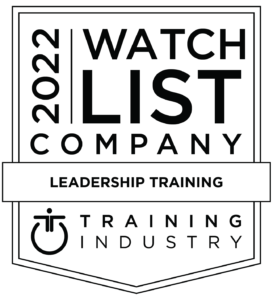Seven tactics for effective virtual meetings
Almost overnight, our world of work changed radically and abruptly. Normally over-booked conference rooms now sit silently in lonely office buildings. Collaboration still happens, but from the safest social distance possible – virtually over the internet.
Some of us have been working remotely for years or even decades. Virtual meetings are a way of life and our habits are strongly established – some productive and some unproductive. Many are new to this way of working and may have minimal experience with virtual meetings and may be struggling to optimize their productivity.
Together, we need to make this new, socially-distanced workplace WORK
And work well it must. We have no choice. For the next few months, the Mandel blog will focus on helping you and your organizations communicate effectively in the Covid-19-driven virtual world.
Today, I’d like to share seven virtual meeting suggestions based on my 20 years as an executive communication coach and as a remote worker myself.
Have a meeting planning process… and follow it
Effective planning is vital to productive virtual meetings. Why? Attention spans are shorter, the temptation to multitask is greater, and hiding to avoid assignments and commitments is easy.
With any meeting planning process, the secret is having the discipline to consistently do it.
Rethink your meeting invites
Most meeting invitations let you know when and where to meet and, if you’re lucky, have an agenda. But how often do you receive an invite that makes it clear WHY you are meeting? An invitation that answers these questions:
- What problem do you need to solve?
- What outcome do you need to produce?
It’s especially hard to get everyone focused in a virtual meeting and adding this information to your meeting invites can significantly speed time to productive alignment. We hear wonderful success stories from Mandel graduates who use SCI-PAB® to do exactly that.
Learn to love your webcam
Uncomfortable switching on your webcam? Get over it! According to a 2017 study of 330 global executives, using your webcam to participate in virtual meetings has so many benefits versus joining with audio only, including:
- Creating a human-to-human connection
- Reading facial expressions and body language
- Reducing multitasking
- Encouraging meeting participation (because it makes it harder to hide)
I get it. It can feel uncomfortable. But before long, it will start to feel comfortable, even preferable. We’ll talk more about webcam tips and tricks in future blogs.
Fight the urge to multitask
When in a virtual meeting, the siren call to multitask is irresistible. In a Fuze survey, 92% of information workers admitted to multitasking during meetings, with 41% confessing to doing it all the time. This is happening despite research that strongly suggests that multitasking lowers productivity, increases errors, and causes stress. So in addition to self-discipline, what can be done to reduce multitasking?
- Don’t meet on mundane topics, like issues that can be easily resolved over email
- Invite only those who actively need to participate in the meeting
- Turn on your webcam and ask others to turn on theirs
According to that same Fuze survey, only 4% are likely to multitask when webcams are on.
Become a credibly competent virtual presenter
You’ll need to deliver your one-hour presentation to the executive team virtually.
Sound familiar? High stakes presentation situations like this have become the new normal. In my experience, even presenters who are very skilled when face-to-face with their audience, can struggle when they have to present virtually. It might be unfamiliarity with the virtual environment and its special demands on the presenter. Maybe it’s just because they can’t see the audience’s reactions, making it easy to become nervous and disoriented. It’s a more difficult presentation medium to master than it appears to be.
In future blogs, we’ll explore how you can master the art and science of presenting virtually. In the meantime, I invite you download and read our comprehensive free whitepaper Best Practices for Excellent Presentations in the Virtual World.
Make sure your tech works… and that you can work your tech
Have you ever been in a virtual meeting where more time was spent troubleshooting with the technology than on the meeting topic? So frustrating! With 100% of meetings now happening virtually in most companies, it’s time to invest the time and energy needed to master your regularly used virtual meeting platform.
Every major virtual meeting solution provider has extensive tutorial videos for this purpose, including Zoom, Teams, and WebEx.
Allow time for social interaction
Human interaction is a basic need for both introverts and extroverts. Many remote workers struggle with loneliness according to Buffer.com’s 2019 State of Remote Work. Whenever possible, start your virtual meeting with 5 minutes of social connection.
You can encourage this with an ice breaker, ideally an intriguing one. Asking “How was your weekend?” is okay, though rather predictable. On the other hand, asking “Seen any good movies you’d recommend?” should generate maximum interaction in this time when shelter-in-place orders have so many house bound, sports deprived, and relying on streaming services for entertainment. Knowyourteam.com has a list of dynamic icebreakers for this purpose.
And leave a few minutes at the end of each meeting to ask the question “What connections do you need to make before we end this meeting?” This may not be social, but it’s a healthy interaction that helps maximize the value of being together.
We’re in this together
Mandel is standing by to help.










